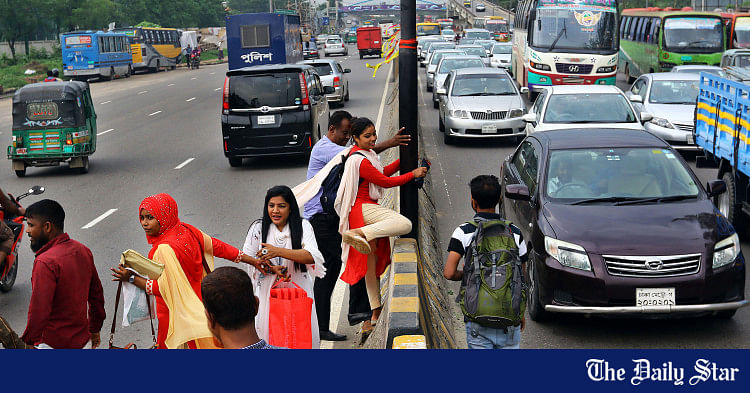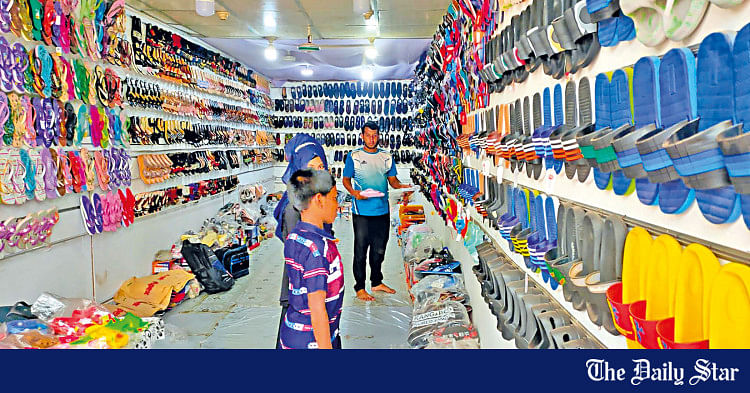Govt building 268km road network

Photo: Star
The government is implementing a project to improve the rural connectivity in Cox's Bazar district.
Under the project titled "Emergency Multi-Sector Rohingya Crisis Response Project (EMCRP)", the government is building a 268-kilometre road network in several upazilas, including Ukhia and Teknaf.
The government is also building 50 new cyclone shelters, one relief administration and distribution centre, 34 multipurpose community service centres, six markets, two fire service offices, one LGED building, nine fire-fighting warehouses and drains, culverts and bridges inside the camps.
Under the project, the government is also setting up lightning arresters and solar street lights.
Talking to the news agency, Project Director of the EMCRP, being implemented by LGED, Javed Karim, said the project is helping build and rehabilitate basic infrastructure, improve community resilience and help prevent gender-based violence against the forcibly displaced Rohingya population.
Executive Engineer of LGED in Cox's Bazar Md Mamun Khan said work of around 200 kilometres has been completed.
"Four bridges and 45 school and disaster shelters in Ukhia upazila have been handed over. Also, a modern jetty is being constructed at the Cox's Bazar-Maheshkhali link gate. Two rubber dams have been constructed. Apart from these, several other works are going on," he added.
He also said multipurpose community service centres, satellite fire service centres, 268 lightning arresters, 2,500 solar street lights and 35 nanogrids for energy supply have been installed inside the camp.
Development Project Proposal of the EMCRP got the Ecnec approval on October 30, 2018.
The revised DPP was approved on October 06, 2020.
The total estimated cost of the project is Tk 1,394.47 crore. Of the amount, the government is providing Tk 12.80 crore and the rest Tk 1,381.67 crore is coming from the World Bank and German Development Bank.
Photo: Star
The government is implementing a project to improve the rural connectivity in Cox's Bazar district.
Under the project titled "Emergency Multi-Sector Rohingya Crisis Response Project (EMCRP)", the government is building a 268-kilometre road network in several upazilas, including Ukhia and Teknaf.
The government is also building 50 new cyclone shelters, one relief administration and distribution centre, 34 multipurpose community service centres, six markets, two fire service offices, one LGED building, nine fire-fighting warehouses and drains, culverts and bridges inside the camps.
Under the project, the government is also setting up lightning arresters and solar street lights.
Talking to the news agency, Project Director of the EMCRP, being implemented by LGED, Javed Karim, said the project is helping build and rehabilitate basic infrastructure, improve community resilience and help prevent gender-based violence against the forcibly displaced Rohingya population.
Executive Engineer of LGED in Cox's Bazar Md Mamun Khan said work of around 200 kilometres has been completed.
"Four bridges and 45 school and disaster shelters in Ukhia upazila have been handed over. Also, a modern jetty is being constructed at the Cox's Bazar-Maheshkhali link gate. Two rubber dams have been constructed. Apart from these, several other works are going on," he added.
He also said multipurpose community service centres, satellite fire service centres, 268 lightning arresters, 2,500 solar street lights and 35 nanogrids for energy supply have been installed inside the camp.
Development Project Proposal of the EMCRP got the Ecnec approval on October 30, 2018.
The revised DPP was approved on October 06, 2020.
The total estimated cost of the project is Tk 1,394.47 crore. Of the amount, the government is providing Tk 12.80 crore and the rest Tk 1,381.67 crore is coming from the World Bank and German Development Bank.








